 excerpt from The Ghost of Brooklyn: Thrilling Accounts of Souls, Spirits and Ghosts
excerpt from The Ghost of Brooklyn: Thrilling Accounts of Souls, Spirits and Ghosts
The 78th Police Precinct, located at 65 6th Avenue, is the site of a peculiar haunting. This police station, as is not uncommon given the nature of world, is a place where people have died, prisoners have attempted suicide and distraught spirits linger. There are, in other words, a good number of instances of paranormal activity.
It is thought that these ghosts have now become more active. Some psychics believe the construction of the Nets arena a block away has animated them. They have grown curious about the changes in the neighborhood. It is, psychics suggest, the reason these spectral beings have become more visible.
It is not any of the ghosts inside the 79th Police Precinct that concerns this haunting, but rather it is the Ghost of the Boy Who Fell from the Sky. The Ghost makes his way to the police station to report his luggage is lost. He doesn’t know where to find it.
He is believed to be the ghost of the one surviving passenger — a young boy — who fell from the sky when United Airlines flight 826 and Trans World Airlines flight 266 collided over Staten Island on December 16, 1960. United Airlines flight 826, with 84 passengers and crew aboard, departed Chicago O’Hare and was bound for New York Idlewild International Airport (now renamed John F. Kennedy International Airport). It crashed in Park Slope along Sterling Place and 7th Avenue. Trans World Airlines flight 266, with 44 passengers and crew aboard was scheduled to land at LaGuardia Airport, arriving from Dayton and Columbus, Ohio. It crashed into a vacant airfield, now part of Gateway National Park, on Staten Island. The disaster killed all 128 people aboard both aircraft and six people on the ground.
One passenger survived the initial impact. Stephen L. Baltz, an 11-year-old boy from Wilmette, Illinois, was thrown from the tail section of the United Airlines jetliner and landed on a snow bank. Residents rolled him in the snow to extinguish the flames that engulfed his clothes. He was conscious, and Dorothy M. Fletcher, who lived at 143 Berkeley Place, rushed to help. The photograph of her holding an umbrella to protect the child from the falling snow made headlines around the country.
In 2004, at the age of 91, she was interviewed by Nathaniel Altman of the Park Slope Reader. This is how she recalled that day:
There were two men walking by, and I called out to them, “Do you have a car?” Because there were so many people around there, and so many automobiles that ambulances couldn’t get through. And they said, “Yes, we have a car.” It was on Lincoln Place. … We lay Stephen on the back seat and I knelt down beside him. All the way up to the hospital he talked to me. What broke my heart was when he asked me if he was going to die. I said, “Not if we can help it. We’re taking you to Methodist Hospital.” And he said, “That’s good, because I am a Methodist.” He also told us that his daddy was still in Illinois, in Chicago, and his mother and sister were waiting for him at the airport. They were going to spend Christmas with his uncle up in Yonkers. It’s almost as though he were talking to me now. I can hear him … Up to three years ago, Mrs. Baltz and I sent each other Christmas cards and would report what was going on with our families. And then it stopped like that, and I just surmised that she had passed away.
The boy died from his injuries the following day, peacefully, with his mother and father by his side.
In the intervening decades, there have been reports of the Ghost of the Boy Who Fell from the Sky making his way from the intersection of Sterling Place and 7th Avenue to the 78th Precinct at 65 6th Avenue to report his lost luggage.
Is the Ghost of the Boy Who Fell from the Sky none other than Stephen L. Baltz, the 11-year-old Boy Scout from Illinois, who was flying to New York to spend Christmas with family in Yonkers?
There is a consensus that the ghost is indeed that of Stephen L. Baltz. He is seen wandering the streets. He is holding his boarding pass for United Airlines flight 826 and a luggage claim ticket. He says he is confused, and doesn’t know where the airport baggage claim is located. He is sure his mother is waiting for him at the end of the jet way, but he doesn’t remember how he got here.
The Ghost of the Boy Who Fell from the Sky has communicated with psychics to let them know that he’s a Boy Scout and knows First Aid. He says he can help the injured. The Ghost of the Boy Who Fell from the Sky further claims that when he arrives at the 78th Precinct, the police officers ignore him.
Is it because he’s a minor and his parents aren’t with him? Is it because they don’t believe him when he explains that his airplane crashed a few blocks away? Is it because they don’t have time for him?
The Ghost of the Boy Who Fell from the Sky claims he becomes exasperated at being ignored. He leaves the station and just sits on the steps. He wonders what Yummy Tacos are. He is curious — but a bit scared — to go into Hungry Ghost. He only has 65 cents, so he can’t even buy a can of soda at the corner store.
The police officers at the 78th Police Precinct may not see or believe the Ghost of the Boy Who Fell from the Sky, but do you?
Do you see him as he approaches the 78th Police Precinct? Do you see him when he’s sitting on the steps? Do you see him as he walks the streets, holding his boarding pass, baggage claim ticket and 65 cents?
Do you believe the Ghost of the Boy Who Fell from the Sky when he claims to have fallen from the sky over Park Slope?
In your life, when was the last time you fell and depended on the kindness of strangers?

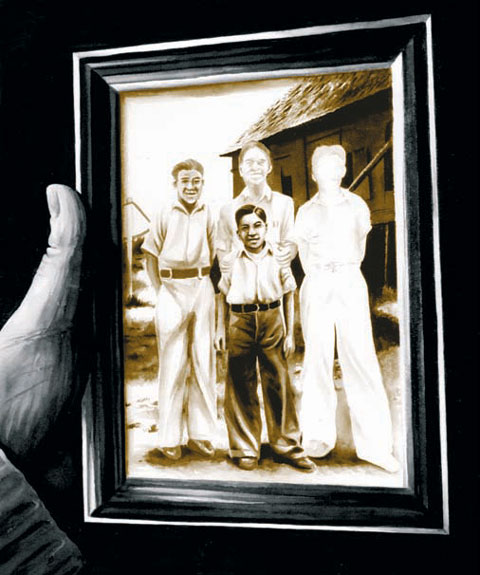 What!?! Summer is over? I just got around to shaving my legs! Not that hairy legs stopped me from going to the local public pool. Sorry about that. Hope it didn’t gross you out. I figured since there’s plenty to be skeeved out about there, I’d fit right in with the floating hairballs, used band-aids and snakes of phlegm surfing the waves. Back to summer though. As much as I hate to see it go, I adore Fall when it appears. But know this about me. I fall in and out of love easily. I get these crushes, see? I bet I’d get a crush on you if I ever met you. You’re perfect for me in every way. You don’t turn away from me when I’m talking to (or writing to) you and you give me the space I need. You don’t leave your shit everywhere and your breath is as fresh as the air in the room I’m in right now. You could work a little on your conversation but that’ll come later. I like silence. I do. But wait, do you like me? Look at this. 3=> That’s what I look like naked when I’m lying on my side. Hot, huh?
What!?! Summer is over? I just got around to shaving my legs! Not that hairy legs stopped me from going to the local public pool. Sorry about that. Hope it didn’t gross you out. I figured since there’s plenty to be skeeved out about there, I’d fit right in with the floating hairballs, used band-aids and snakes of phlegm surfing the waves. Back to summer though. As much as I hate to see it go, I adore Fall when it appears. But know this about me. I fall in and out of love easily. I get these crushes, see? I bet I’d get a crush on you if I ever met you. You’re perfect for me in every way. You don’t turn away from me when I’m talking to (or writing to) you and you give me the space I need. You don’t leave your shit everywhere and your breath is as fresh as the air in the room I’m in right now. You could work a little on your conversation but that’ll come later. I like silence. I do. But wait, do you like me? Look at this. 3=> That’s what I look like naked when I’m lying on my side. Hot, huh?




 The Owl Farm
The Owl Farm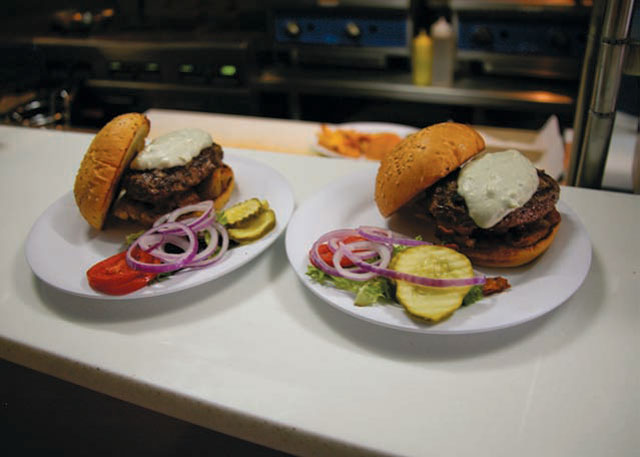 67 Burger
67 Burger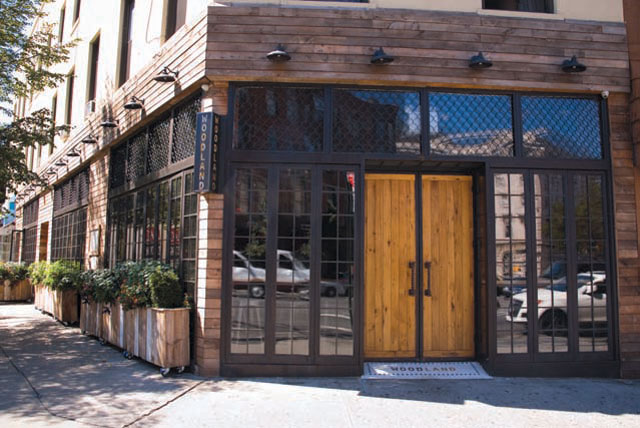 Woodland
Woodland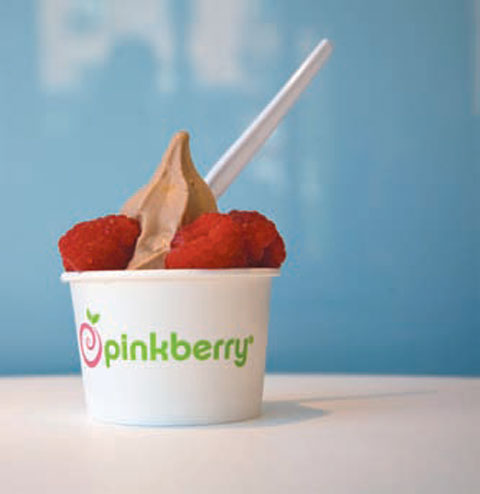 Pink Berry
Pink Berry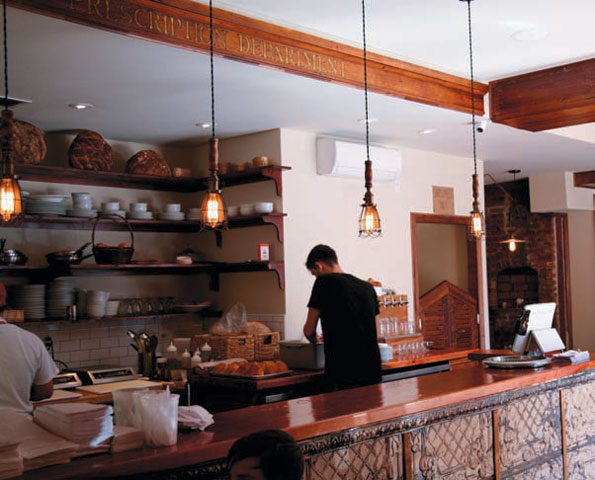 Cafe Dada
Cafe Dada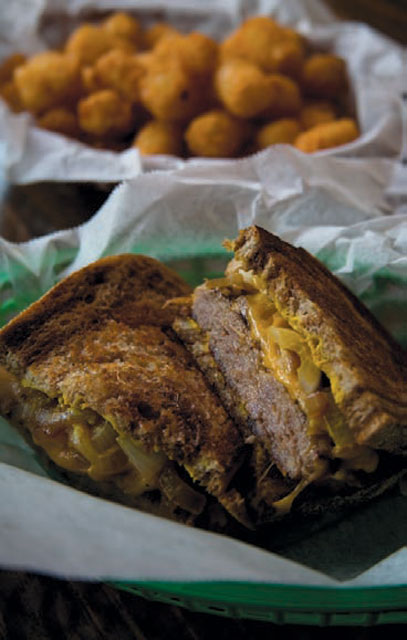 Pork Slope
Pork Slope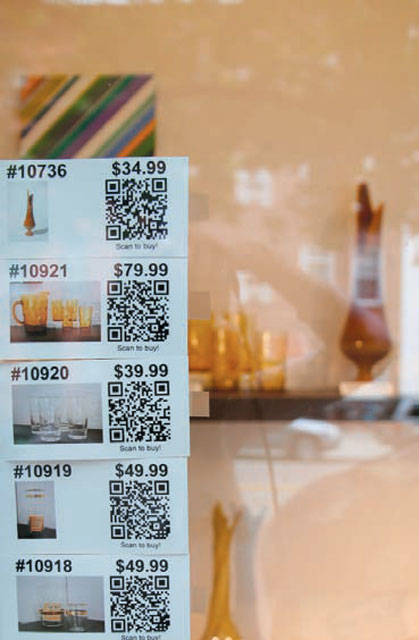 Robert Henry Vintage
Robert Henry Vintage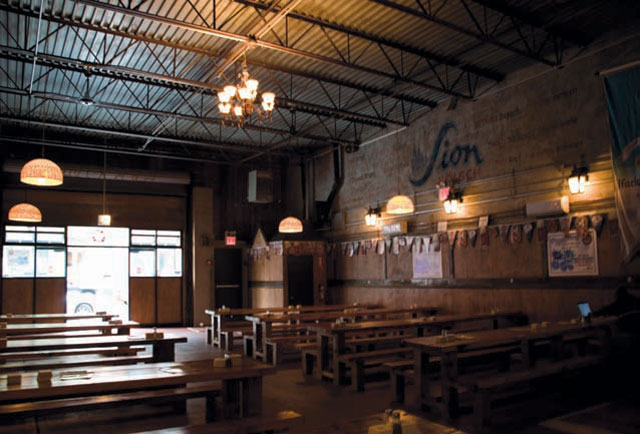 Die Koelner Bierhalle
Die Koelner Bierhalle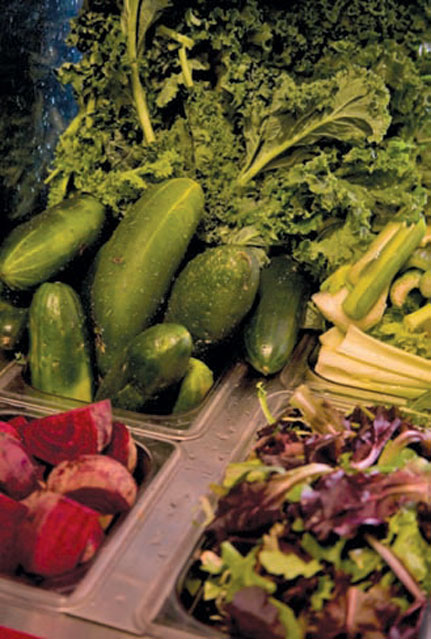 Brooklyn Crepe
Brooklyn Crepe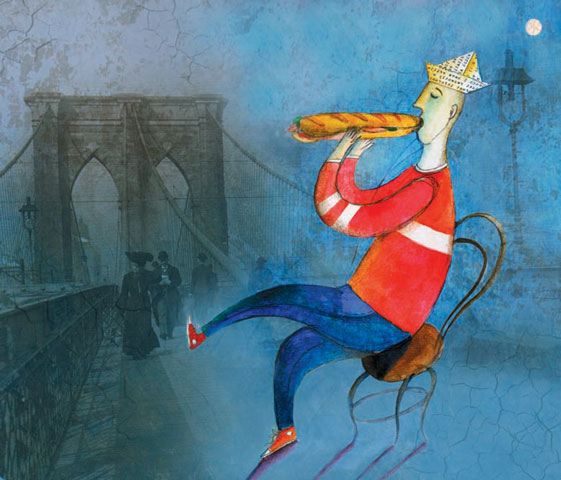 They say that one out of seven Americans can trace their roots to Brooklyn. As “America’s hometown,” the multicultural heritage defines the borough. To me, the center of culinary nostalgia may be Brighton Beach, with its blintzes and pierogies. For others, it may be the Italian bakeries and butchers of Carroll Gardens, the taquerias in Sunset Park, or the oxtail stew in Crown Heights. When you’re in Brooklyn, you can always go home again. Not only do these restaurants and shops celebrate where the people of Brooklyn have come from, but where they are going.
They say that one out of seven Americans can trace their roots to Brooklyn. As “America’s hometown,” the multicultural heritage defines the borough. To me, the center of culinary nostalgia may be Brighton Beach, with its blintzes and pierogies. For others, it may be the Italian bakeries and butchers of Carroll Gardens, the taquerias in Sunset Park, or the oxtail stew in Crown Heights. When you’re in Brooklyn, you can always go home again. Not only do these restaurants and shops celebrate where the people of Brooklyn have come from, but where they are going.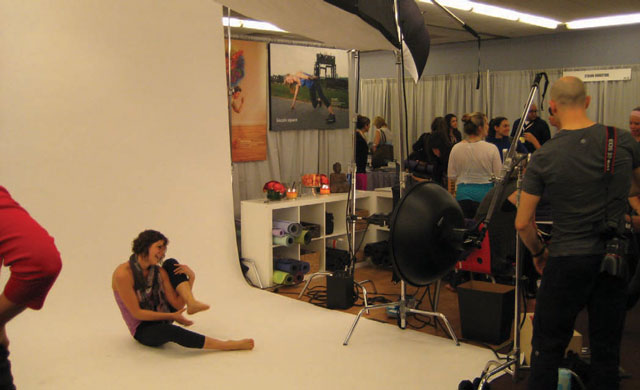
 Exploring every corner, intersection, doorway, garden, and street side oddity, Matt Green has a mission: walk every block of all five boroughs of New York City. This might seem like too hefty a task for even a long-time New Yorker, but Matt comes qualified for the job — in 2010 he completed a cross-country walk from Rockaway Beach, New York to Rockaway Beach, Oregon and catalogued all his small-town discoveries via photos and small blog entries on his website
Exploring every corner, intersection, doorway, garden, and street side oddity, Matt Green has a mission: walk every block of all five boroughs of New York City. This might seem like too hefty a task for even a long-time New Yorker, but Matt comes qualified for the job — in 2010 he completed a cross-country walk from Rockaway Beach, New York to Rockaway Beach, Oregon and catalogued all his small-town discoveries via photos and small blog entries on his website 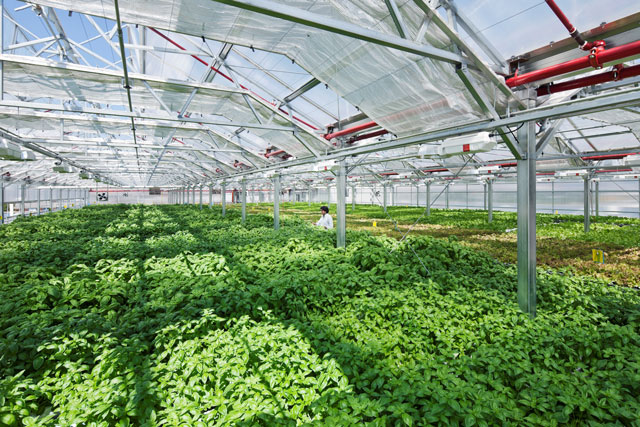
 “Guess what’s happening this weekend?” I asked my husband on a recent Friday evening. We were folding laundry, each of us tackling our specialties — he pairing socks and I stacking sheets. “Ugh,” David grumbled. I didn’t fault him for sounding unenthusiastic. After 10 years of marriage and two (soon to be three) kids, he was familiar with my tendency to cook up overly ambitious weekend plans, plans which always hinged on his manual labor and stamina for double-parking.
“Guess what’s happening this weekend?” I asked my husband on a recent Friday evening. We were folding laundry, each of us tackling our specialties — he pairing socks and I stacking sheets. “Ugh,” David grumbled. I didn’t fault him for sounding unenthusiastic. After 10 years of marriage and two (soon to be three) kids, he was familiar with my tendency to cook up overly ambitious weekend plans, plans which always hinged on his manual labor and stamina for double-parking.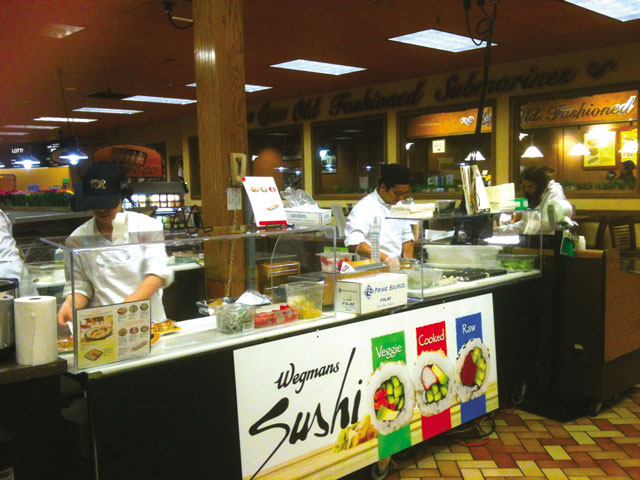 The range of early hominids was small: probably a 3 miles radius. My own territory here in Geneva isn’t nearly so large. In the cold weather especially, it becomes a series of interiors: the house, the car and Wegman’s supermarket, punctuated only by the cold, wet walk to the bus stop in the morning. To be fair my Brooklyn range was probably even smaller since most places we went were within walking distance. Still, the sheer numbers of people we encountered made it seem bigger. So it is that our world has grown simultaneously larger and smaller.
The range of early hominids was small: probably a 3 miles radius. My own territory here in Geneva isn’t nearly so large. In the cold weather especially, it becomes a series of interiors: the house, the car and Wegman’s supermarket, punctuated only by the cold, wet walk to the bus stop in the morning. To be fair my Brooklyn range was probably even smaller since most places we went were within walking distance. Still, the sheer numbers of people we encountered made it seem bigger. So it is that our world has grown simultaneously larger and smaller.